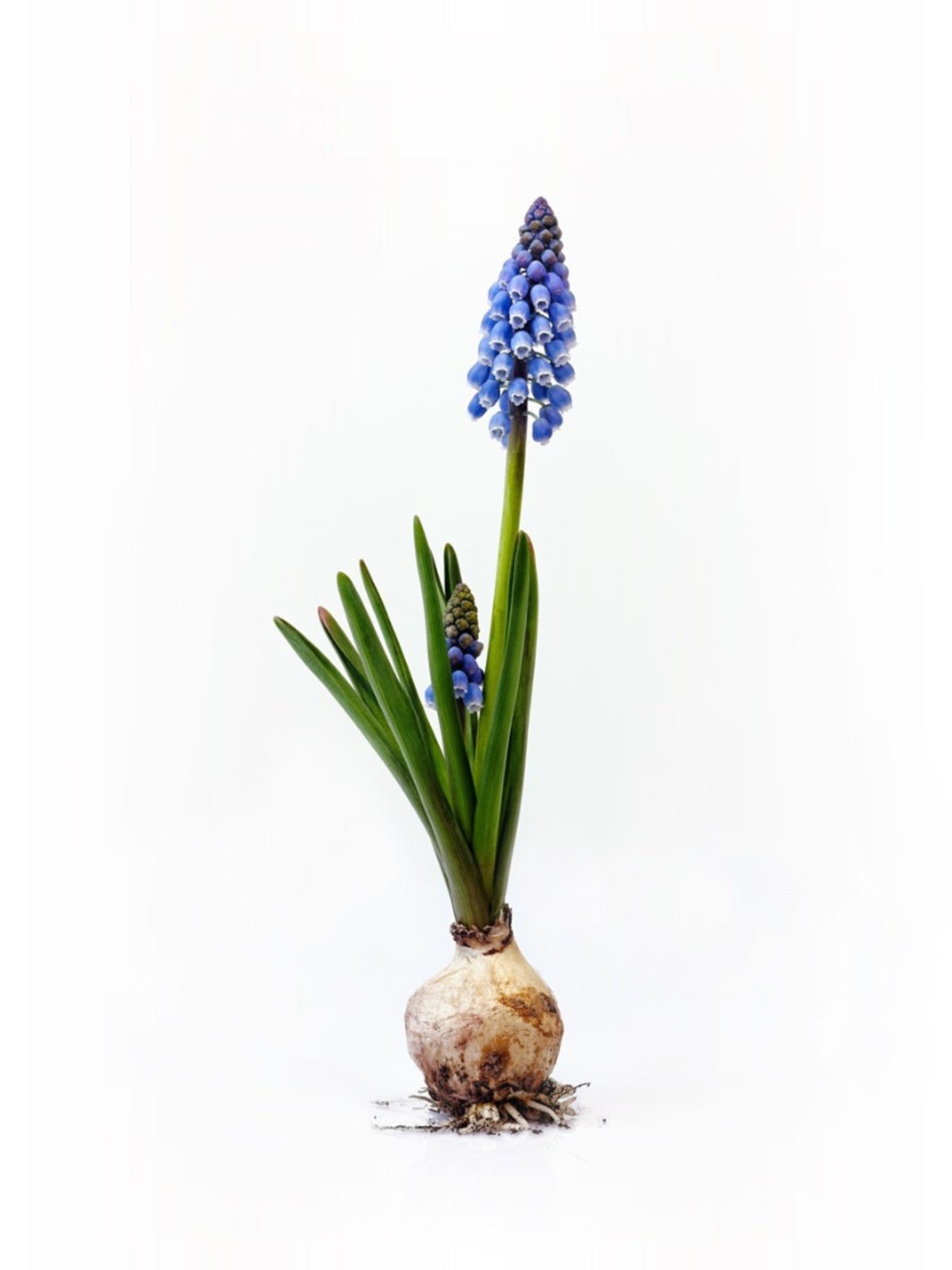Muscari Propagation: Learn About Propagating Grape Hyacinth Bulbs And Seeds


Grape hyacinths are a beautiful addition to any garden. Though not actually a hyacinth (they’re a type of lily), they bloom in delicate, hyacinth-blue clusters of blossoms that resemble bunches of grapes. They give off a delicious fragrance and add an unmistakable touch of spring to your garden or kitchen counter. If you want to start growing grape hyacinth, or want to expand your collection, propagating grape hyacinths is very easy. Keep reading to learn about propagation from grape hyacinth bulbs and grape hyacinth seeds.
Muscari Propagation
Propagating grape hyacinths is so easy, it may not take any effort at all. You can propagate Muscari grape hyacinth from either seeds or bulbs.
Grape Hyacinth Seeds
When your grape hyacinth is done blooming, it will drop its seeds. By the spring, with any luck, these grape hyacinth seeds will have become their own plants. If not, you can propagate Muscari grape hyacinth by saving the seeds. Remove the dried seedpods from the plant, harvest the small seeds inside, and lay the seeds on a damp paper towel in a not quite sealed plastic bag. Place it in the refrigerator for a few months to allow them to sprout. You can then plant the seedlings in containers until large enough for the garden. Likewise, you can sow the seeds directly in the garden. Be aware, though - grape hyacinths reproduce very easily and quickly, meaning they could spread all over your garden (and yard) if you don’t pay attention to them. Try planting them near a brick or concrete walkway to create a border they’re less likely to cross naturally.
Grape Hyacinth Bulbs
If planting the seeds is not for you or if you simply want to transplant some grape hyacinths to another part of the garden, you can also propagate your grape hyacinth bulbs. Dig up a cluster of plants and carefully separate the bulbs underneath. They should actually come apart rather easily and there will likely be lots of offset bulbs to pick through. Choose the healthiest. Plant them where you wish, and they should start spreading from their new spots, giving even more of the pretty little plants next season.
Sign up for the Gardening Know How newsletter today and receive a free copy of our e-book "How to Grow Delicious Tomatoes".

The only child of a horticulturist and an English teacher, Liz Baessler was destined to become a gardening editor. She has been with Gardening Know how since 2015, and a Senior Editor since 2020. She holds a BA in English from Brandeis University and an MA in English from the University of Geneva, Switzerland. After years of gardening in containers and community garden plots, she finally has a backyard of her own, which she is systematically filling with vegetables and flowers.